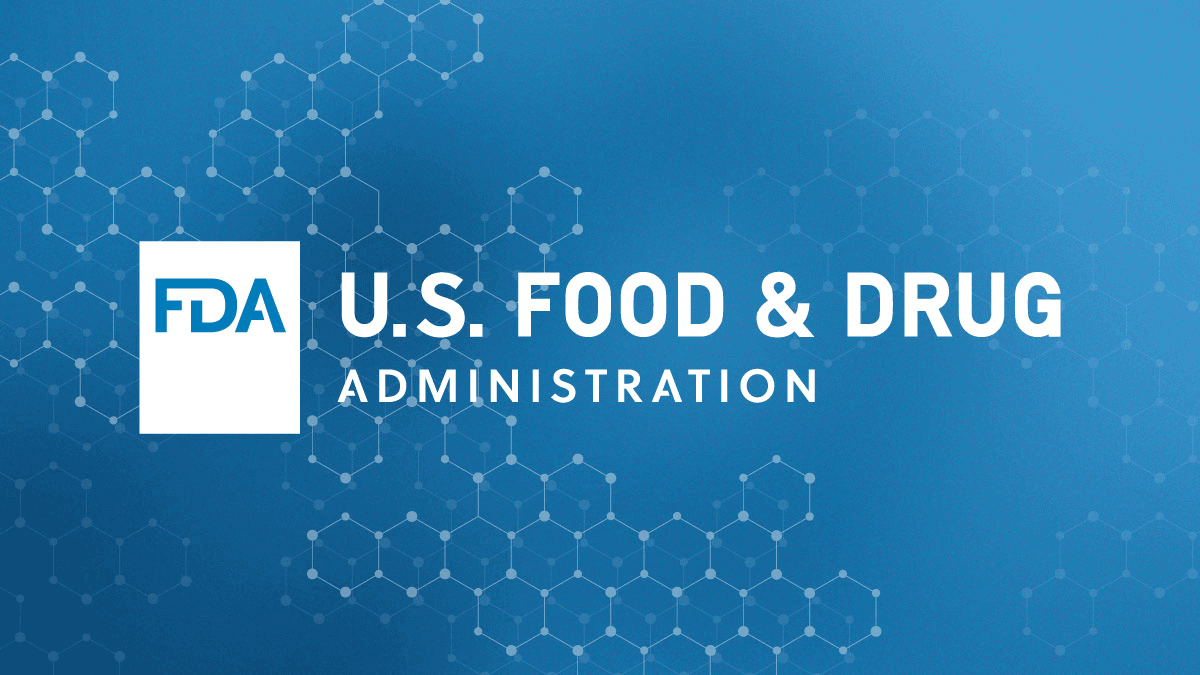FDA published its proposal for the new traceability rules. The new traceability rule will become effective on November 7, 2022. It includes a list of high-impact foods such as Cheeses other than hard cheese, Crustaceans, Cucumbers, Fresh herbs, Fresh-cut fruits and vegetables, Leafy greens, Melons, Mollusks, nut butter, Peppers, Ready-to-eat deli salads, Shell eggs from domesticated hens, Sprouts, Tomatoes, and Tropical tree fruits. The rule requires a detailed account of food origins and movements throughout production, processing, and shipping. Key data Elements (KDEs) are monitored. The production stages monitored are growing, receiving, transformation, creation, and shipping. There might be multiple receivers. A first receiver is the first person (other than a farm) who purchases and takes physical possession of a listed food. Only foods that are originated (i.e., grown, raised, caught, or, in the case of a non-produce commodity such as eggs, harvested) can have a first receiver. Transformation is an event that involves changing food on the Food Traceability List, its package, and/or its label, such as by combining ingredients or processing a food (e.g., by cutting, cooking, commingling, repacking, or repackaging). Creating is the making or producing food on the Food Traceability List through manufacturing or processing. Shipping is an event in a food supply chain in which a food is arranged for transport (e.g., by truck or ship) from a defined location to another at a different farm, a first receiver, or a subsequent receiver.@ https://www.fda.gov/food/food-safety-modernization-act-fsma/which-key-data-elements-would-apply-me
Checklist for the new FDA food traceability rule
No comments


